- Home
- slideshows
- miscellaneous
- This big, heavy smartphone with a stylus was the perfect device for traveling
This big, heavy smartphone with a stylus was the perfect device for traveling
The Galaxy Note 9's large screen was enough to replace the iPad Mini I'd usually use to watch videos during a flight.

Its giant screen was also helpful for researching and planning activities, which I'd usually feel more comfortable doing on a laptop.
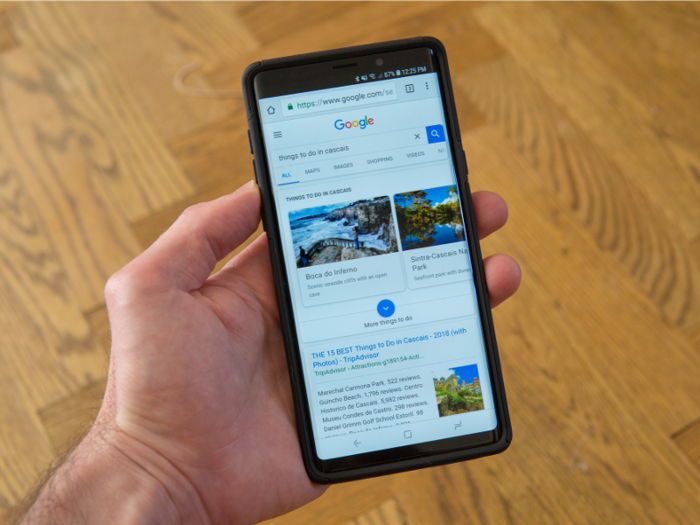
I usually prefer researching activities on a nice, large laptop screen that gives me plenty of room for multiple tabs, apps, and windows. But this time, I left my comfort zone and just used the Galaxy Note 9, mostly because it was always right there with me, whereas my laptop was still stowed away in my backpack.
You'll never get the same experience of a laptop on a smartphone, but the Galaxy Note 9's large display made it easier to read and look at images than with smaller smartphones. I would always prefer a laptop's display, but the convenience of the smartphone that's always by my side is hard to beat.
The Galaxy Note 9's stylus also was a big help when I need to do more complex things on the screen
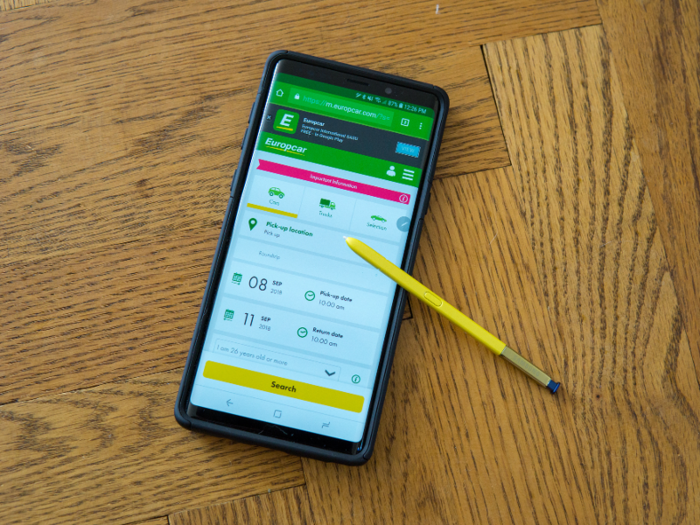
The Galaxy Note 9's S Pen stylus made the biggest difference for researching on the Galaxy Note 9. Fingers are fine, but there were far fewer accidental taps and frustrations with the S Pen, and the task of doing more complex things on a smartphone was less daunting. I felt comfortable reaching for the Galaxy Note 9 instead of my laptop or iPad that were still packed in my backpack.
And it was great to have such a large screen for checking the map while out and about.
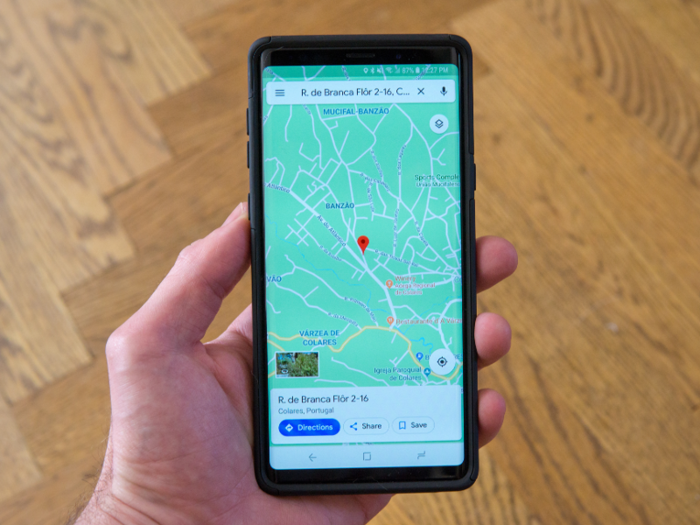
Again, the Galaxy Note 9's large display was overall beneficial while traveling. It made it easier to read Google Maps compared to what it's like with smaller smartphones.
With the power-saving options, the Galaxy Note 9's huge battery comfortably lasted an entire day.
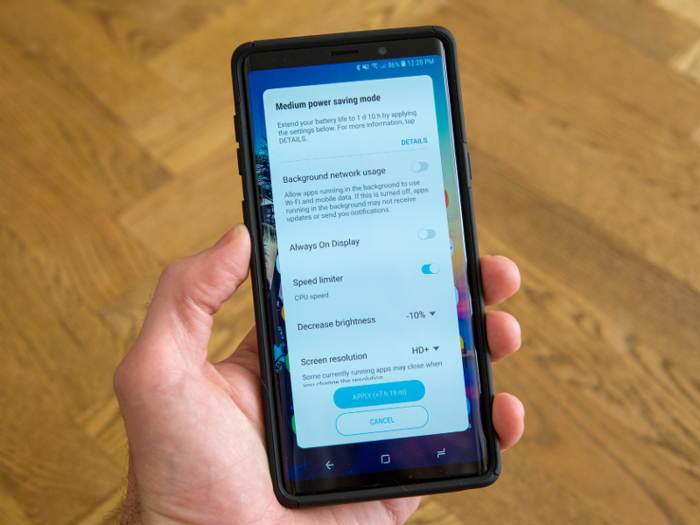
The Galaxy Note 9 has a large 4,000mAh battery, which is bigger than most smartphones out there. It actually didn't make much of a difference in normal day-to-day use at home, but when I turned on the battery saving features on the Galaxy Note 9 for traveling, I rarely worried about the battery life.
When I turn on the power saving modes, the screen resolution and performance is toned down, and the phone doesn't actively search for incoming messages or emails or other notifications. For traveling, I can absolutely sacrifice all those things.
It also helped that the Galaxy Note 9 I was using was an unlocked model, so I knew I'd be able to swap in a foreign SIM card.
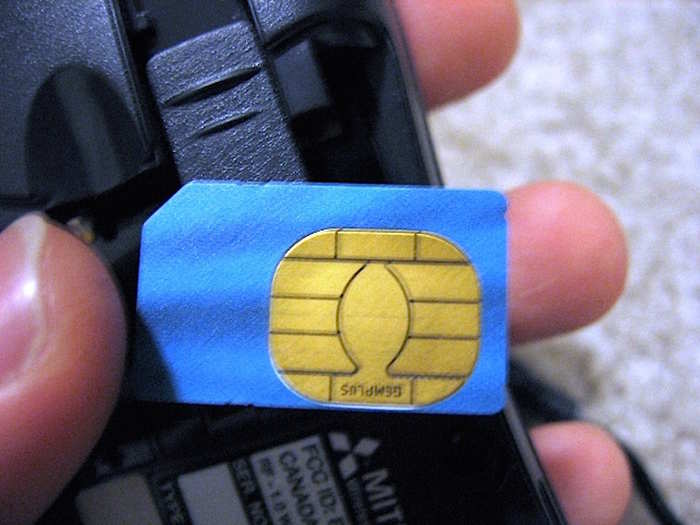
This isn't specific to the Galaxy Note 9. Many unlocked phones that you buy directly from the smartphone maker, rather than from your carrier, will work with SIM cards abroad.
Whether they're locked or unlocked, phones bought from your carrier might have some issues. If you do anticipate traveling abroad, it's usually a better idea to buy an unlocked smartphone directly from the smartphone maker to avoid any confusion or complications with carrier compatibility abroad.
I brought a great, medium-sized camera for the trip, but the Galaxy Note 9's camera was good enough that I never took the camera out of my luggage.

There's no doubt that the Sony A6000 camera I brought for the trip would have taken better photos, but it's a whole extra device to carry around.
It took some convincing, but my wife finally relented and accepted the Galaxy Note 9 as the photo-taking device for our trip, and it performed just fine.
I say "just fine" because I know another phone, the Pixel 2, would have taken better photos, but the Galaxy Note 9 has a great camera nonetheless and I'm happy with the memories it captured.
One thing that the Galaxy Note 9 has and the Pixel 2 doesn't is a dedicated 2x zoom lens, which was nice to have on several occasions.
The Galaxy Note 9's large display isn't great for quick, one-handed use, but the benefits of a large display easily made up for it.
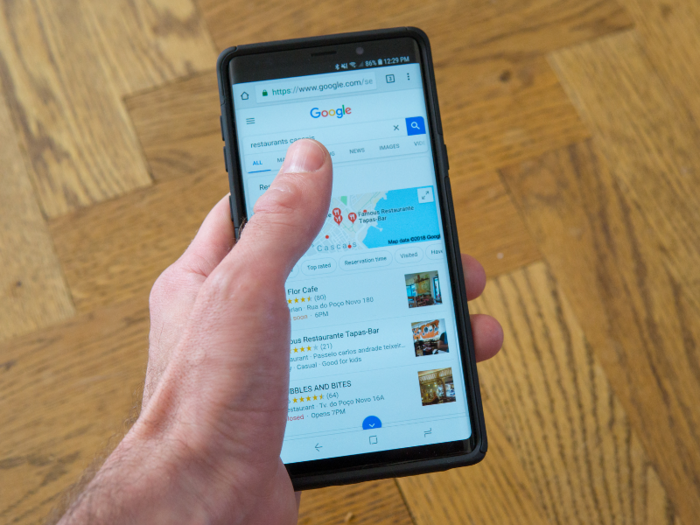
The Galaxy Note 9 is a decidedly two-handed device. I have decently large hands and can't reach the top of the screen with my thumb when holding the phone with one hand. There is a one-handed mode in the Galaxy Note 9, but it defeats the point of having a large display.
The biggest drawback is the Galaxy Note 9's price. If you break it or it gets stolen abroad, there goes $1,000.
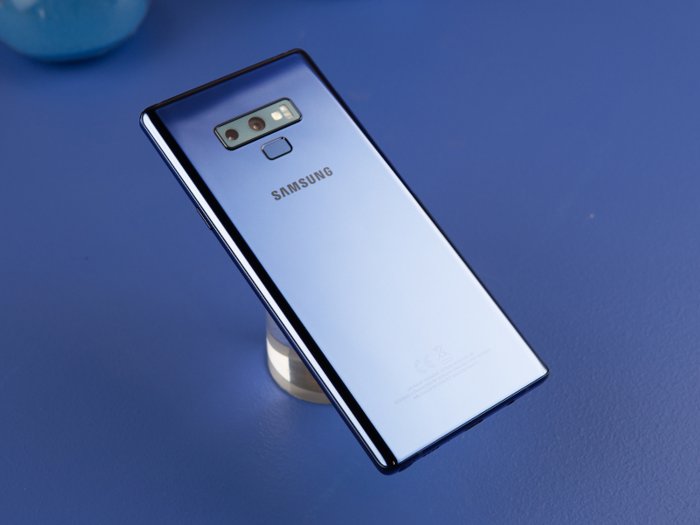
The one thing that could dissuade anyone from bringing along the Galaxy Note 9 is its $1,000 price tag. While abroad, you're essentially a walking $1,000 bill to thieves who target tourists and happen to spot you using a nice, large, fancy device like the Galaxy Note 9.
As for breaking it, you can easily prevent screen cracks or worse with a good case. I used the Incipio DualPro case for the Galaxy Note 9, which isn't too bulky. I've also built up some pretty decent trust towards this particular line of case, as I once accidentally ran over a Galaxy S9 with the Incipio DualPro, and the Galaxy S9 came out unscathed.
In the end, I brought with me an iPad and a laptop that I hardly ever used during my trip because I did pretty much everything on the Galaxy Note 9.

I tend to overpack when it comes to tech, but I think I'll be able to break free of the habit thanks to the Galaxy Note line of smartphones.
A smaller smartphone would have been fine, but I never felt like the Galaxy Note 9 was weighing me down or taking more room than a smaller smartphone in my pocket. With that experience and knowledge, I'll always aim to bring a larger smartphone with me on trips.
But you don't necessarily need the Galaxy Note 9 or a similarly large device like the Galaxy S9 or Pixel 2 XL. Apart from the larger display, the key tool that helped tremendously was the S Pen stylus. With that in mind, you could easily bring the smaller smartphone you already own and buy a cheap smartphone stylus with a rubber tip for better tapping accuracy for complex things.
Popular Right Now
Popular Keywords
Advertisement